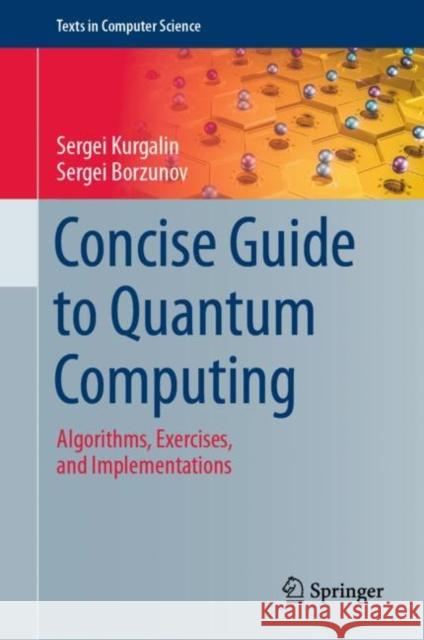Concise Guide to Quantum Computing: Algorithms, Exercises, and Implementations » książka
topmenu
Concise Guide to Quantum Computing: Algorithms, Exercises, and Implementations
ISBN-13: 9783030650513 / Angielski / Twarda / 2021 / 122 str.
Concise Guide to Quantum Computing: Algorithms, Exercises, and Implementations
ISBN-13: 9783030650513 / Angielski / Twarda / 2021 / 122 str.
cena 261,02
(netto: 248,59 VAT: 5%)
Najniższa cena z 30 dni: 250,57
(netto: 248,59 VAT: 5%)
Najniższa cena z 30 dni: 250,57
Termin realizacji zamówienia:
ok. 22 dni roboczych.
ok. 22 dni roboczych.
Darmowa dostawa!
Kategorie:
Kategorie BISAC:
Wydawca:
Springer
Seria wydawnicza:
Język:
Angielski
ISBN-13:
9783030650513
Rok wydania:
2021
Wydanie:
2021
Numer serii:
000215067
Ilość stron:
122
Waga:
0.37 kg
Wymiary:
23.39 x 15.6 x 0.97
Oprawa:
Twarda
Wolumenów:
01
Dodatkowe informacje:
Wydanie ilustrowane











